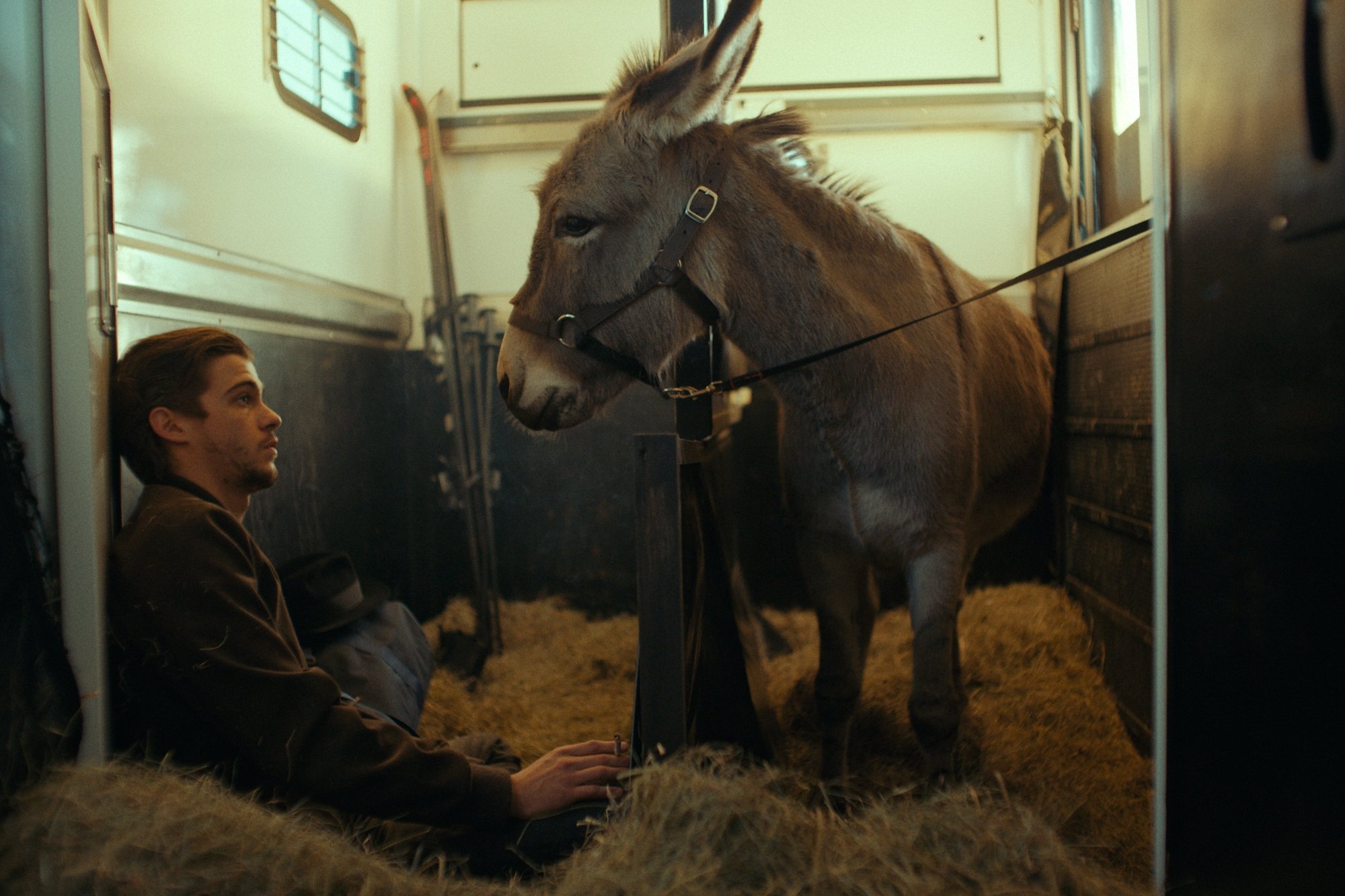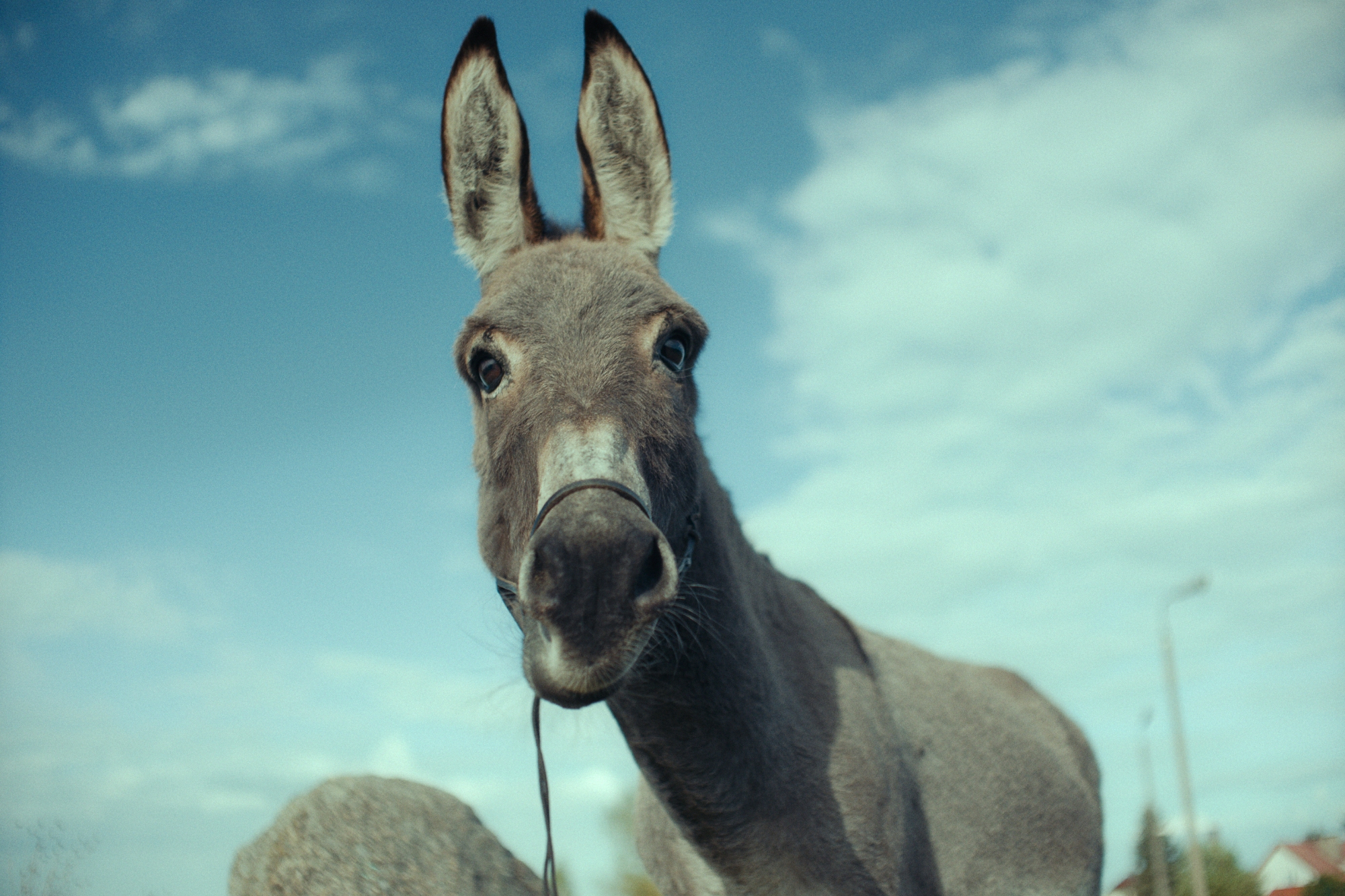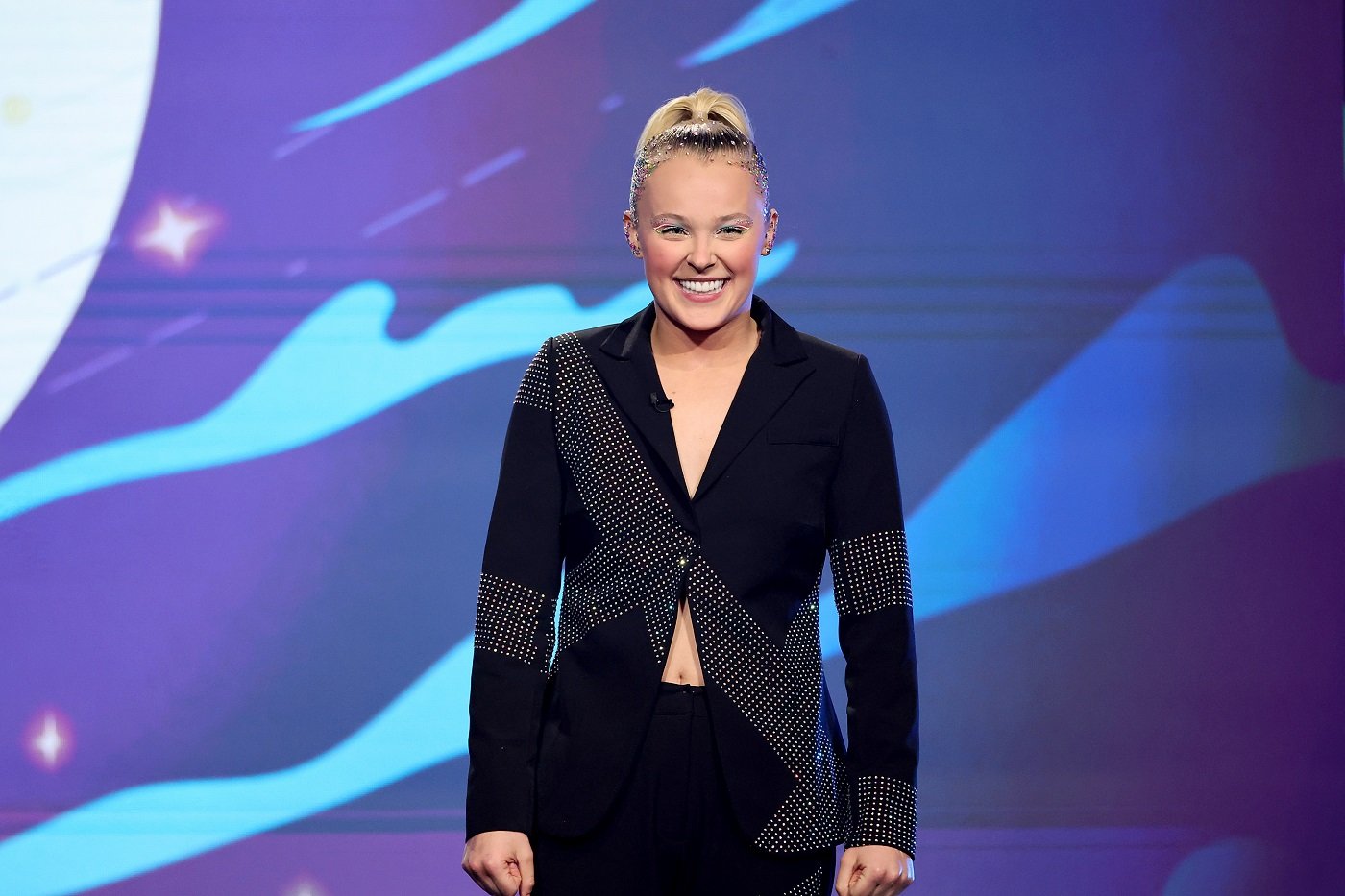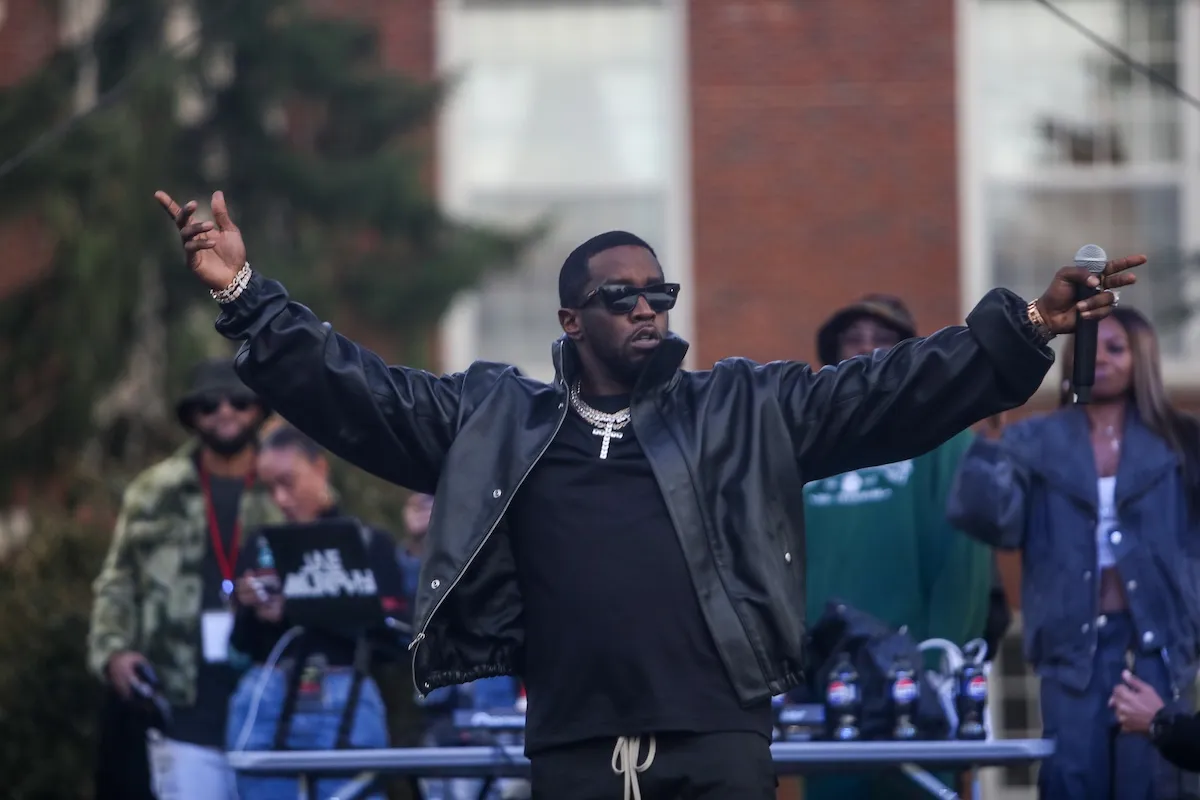
‘EO’ Movie Review [AFI Fest 2022]: Poland’s 2023 Oscar Submission Emits Boundless Empathy
Jerzy Skolimowski’s EO is a heart-achingly emotional journey with a masterful utilization of pathos. The screenplay he co-wrote with Ewa Piaskowska emphasizes its love of animals, placing a donkey at the center of the film‘s narrative. Social commentary on how humanity interacts with the animal kingdom runs through EO‘s veins, asking viewers to open their hearts and minds to an innocent donkey and his adventure at the mercy of other beings. It’s one of the year’s most authentic viewing experiences.

‘EO’ chronicles the journey of an innocent donkey

The story of a gray donkey named EO starts at a circus, where he performs alongside Kasandra (Sandra Drzymalska). It’s the only home he’s familiar with, but when he’s taken from his environment, he finds himself on a journey across the Polish and Italian countryside. The donkey crosses paths with various humans, who demonstrate acts of kindness and cruelty in equal measure.
A young Italian priest (Lorenzo Zurzolo), The Countess (Isabelle Huppert), and an excitable Polish soccer team are just some of the folks who happen upon EO. The innocent donkey seeks freedom from his oppressors in the beautiful surrounding lands. Skolimowski returns to feature filmmaking for the first time in seven years with the film that Poland submitted as its entry to the Best International Film category at the 2023 Oscars.
The feral nature of humanity and the world’s critters
Humans have put animals to many uses over the years, including for entertainment purposes. EO provides commentary on how people perceive the creatures that live among us. The donkey is introduced as a circus animal, which explains his comfort in the presence of people. Performance partner Kasandra has a deep love and respect for EO, but not all of her fellow circus workers treat him with the same care. When all of the circus’ animals are repossessed as a result of bankruptcy and public outcry, Kasandra is devastated to lose her companion. This sorrow echoes through the remainder of the picture.
EO is consistently at the mercy of the humans that surround him. Some define his happiness and his hardship, while others have no care for his well-being or care, viewing him simply as livestock. Meanwhile, other animals receive varying levels of treatment, such as a gorgeous white horse washed with extreme love and care. Skolimowski captures the unspoken communication between these creatures and their capacity for love, empathy, and destruction.
The humans in EO show their feral nature, often demonstrating their capacity for decimation and cruelty. Skolimowski shows how people can be the real animals, but his depiction isn’t too heavy-handed. He also puts the beauty in human kindness on display, as EO isn’t only shown such ferocity. The worth of an animal’s life falls to the people that surround it, consistently putting the donkey’s fate in the hands of the strangers whose paths he crosses.
‘EO’ is a mesmerizing kick to both the head and the heart

Cinematographer Michal Dymek constructs a striking image that beautifully brings EO’s perspective to life. The motif of neon red lighting suggests changes to come, as the picture takes full advantage of the countryside’s beauty, but also its many dangers. There are frequent close-ups that put a spotlight on the graceful nature of animals and establish them as lead point-of-view characters.
Skolimowski’s love for the animal kingdom is felt in every frame, but also his despair of their treatment. Donkeys often don’t hold the emotional soft spot for many people, as some other livestock have the potential to. Nevertheless, he conveys such an elegant humanism in his furry perspective character that easily envelops the audience into its grasp. Skolimowski has a sense of humor, interweaving it ever so gently into more serious themes that allow it to resonate on a deeper level as a form of elevated reality.
EO is a superlative exercise in empathetic and compassionate filmmaking that deserves your attention. Skolimowski masterfully paints an astoundingly enthralling tale that expertly entwines sincere pathos into the root of its simplistic storytelling surrounding a donkey. In a feature film with little dialogue, he packs every moment with tension, sorrow, and sensitivity. Don’t underestimate the kick this one has to both the head and the heart.
EO comes to theaters in New York on Nov. 18 and Los Angeles on Dec. 2.


